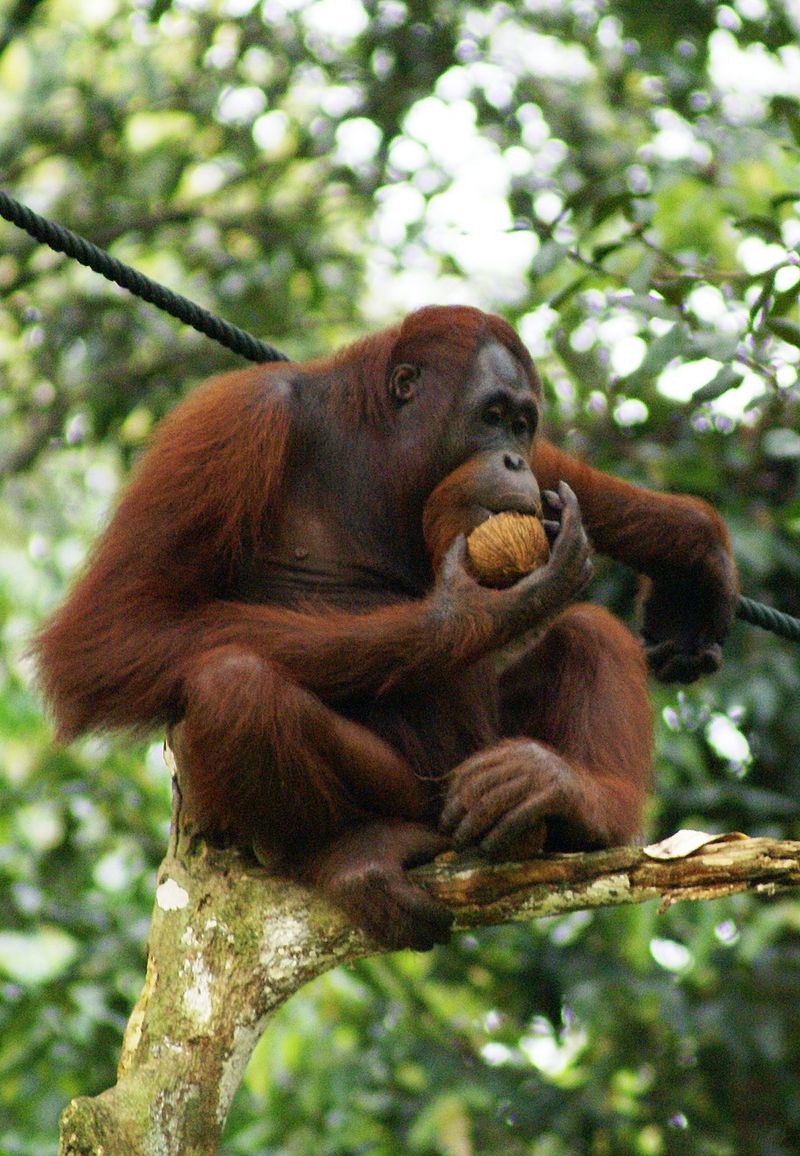
Never mind what Jane Goodall thinks:
In an otherwise silly article about the “evolution” of religion, journalist Brandon Ambrosino quotes primatologist Jane Goodall on the topic of… religious belief among apes:
“The chimpanzee’s brain is so like ours: they have emotions that are clearly similar to or the same as those that we call happiness, sad, fear, despair, and so forth – the incredible intellectual abilities that we used to think unique to us. So why wouldn’t they also have feelings of some kind of spirituality, which is really being amazed at things outside yourself?” …
But what apes (and other non-human animals) cannot do is think abstractly. That is, they cannot think of concepts abstracted from concrete things. Apes can think about a waterfall or a dance that makes them happy or sad. But they cannot think about happiness or sadness in a way that is divorced from the particulars that make them happy or sad. My dog can think about her bone and enjoy playing with it. But she can’t think about “play” as an abstract entity, as a concept.
How do we know that animals cannot think abstractly? First, there has never been a research study that has demonstrated animal capacity for abstract thought. Michael Egnor, “Why apes are not spiritual beings” at Mind Matters News
Michael Egnor is a neurosurgeon, professor of Neurological Surgery and Pediatrics and Director of Pediatric Neurosurgery, Neurological Surgery, Stonybrook School of Medicine
Believing things about animals that are not true is no way to help them thrive; rather the opposite.
See also: See also: Study: Cats DO Recognize Their Names Responses to the study, which attracted a good deal of attention, demonstrated many of the misconceptions that naturalism fosters.
Dogs are not as intelligent as seals, say some researchers.
Crows can be as smart as apes
Yes, even lizards can be smart
Is the octopus a second genesis of intelligence?
Follow UD News at Twitter!